Affiliate marketing is one of the most lucrative online businesses that anyone can start. It involves promoting other people’s products and earning a commission for each sale made through your unique affiliate link. Creating content for affiliate marketing is essential in promoting the products and generating sales. In this comprehensive guide, we will cover everything you need to know about how to create content for affiliate marketing, from choosing the right niche to promoting the products effectively.
Understanding Affiliate Marketing and Affiliate Content
Affiliate marketing is a performance-based marketing strategy where businesses pay affiliates for every sale they make through their unique affiliate link. As an affiliate marketer, you earn a commission for every sale made through your link. The commission rates vary depending on the product and the affiliate program, but it can range from 5% to 50% or even higher.
Affiliate content refers to any content created by affiliates or publishers to promote a product or service through their unique tracking link in exchange for a commission if the user makes a purchase.
Choosing the Right Niche for affiliate content
Choosing the right niche is crucial for your affiliate marketing success. You should choose a niche that you are passionate about and is highly demanded. Some popular niches include health and fitness, personal finance, beauty and fashion, and technology. You can also choose a sub-niche within a broader niche to target a specific audience.
Researching Products
Once you have chosen your niche, the next step is to research the products that you want to promote. You should choose products relevant to your niche and in high demand. You can use affiliate marketplaces like Amazon Associates, Impact, ClickBank, and ShareASale to find products to promote.
What is the type of affiliate content you can create?
Creating valuable and quality content is crucial for your affiliate content marketing success. Here are some types of content that you can create:
Blog Posts
Making blog posts is an excellent way to provide valuable information to your audience and promote affiliate products. You can write about topics related to your niche and promote relevant products within the post.
Product Reviews
Writing product reviews is a great way to promote affiliate products. You can provide an honest review of the product, highlighting its benefits and drawbacks.
Product Comparisons
Comparing two or more products is an excellent way to help your audience make an informed buying decision. You can highlight the differences between the products and recommend the best one.
Tutorials
Producing tutorials is a fantastic way to provide value to your audience and promote affiliate products. You can make step-by-step tutorials on how to use a product and include your affiliate link in the post.
How-to Guides
Creating how-to guides is a wonderful way to provide value to your audience and promote affiliate products. You can create guides on how to solve a problem related to your niche and include your affiliate link in the post.
Case Studies
Forming case studies is a great way to showcase the effectiveness of a product. You can share your own success story or that of someone else who has used the product.
Video Content
Filming a video where you use the product and show it to your audience in a creative way. When you post the video on sites like YouTube, Instagram, or Tiktok, try to include an affiliate link or a coupon code your followers can use if you promote a product.
How to create content for affiliate marketing
Know Your Audience
Before creating content for affiliate marketing, you need to know your target audience. Who are you trying to reach? What are their pain points? What solutions are they looking for? By understanding your audience’s needs, interests, and preferences, you can create content that resonates with them and drives engagement.
Choose the Right Affiliate Products
To produce effective affiliate marketing content, you must choose the right products to promote. Don’t just focus on products with high commission rates; choose products that align with your audience’s interests and needs. Promoting products that your audience doesn’t care about or need will only result in low conversions and wasted effort.
Create Content that Solves Problems
The best way to capture your audience’s attention and build trust is by creating content that solves their problems. Identify your audience’s most common pain points and challenges, and create content that offers solutions. This could be in the form of blog posts, videos, infographics, or social media posts.
Use Eye-catching Headlines
Your headline is the first thing your audience sees, so it needs to be compelling and attention-grabbing. Use emotional triggers, questions, or numbers to create curiosity and entice your audience to click through. Avoid clickbait or misleading headlines, as they can damage your reputation and result in low engagement.
Leverage Different Content Formats
Creating diverse content formats can help you reach a wider audience and increase engagement. Mix your content with videos, infographics, podcasts, and social media posts. This keeps your audience engaged and helps you stand out from the competition.
Write Engaging and Informative Content
Now that you have identified your target audience and chosen your keywords, it’s time to start creating your content. To create engaging and informative content, use the following tips:
- Use a conversational tone that is easy to read and understand
- Break up your content into short paragraphs with subheadings
- Use images, videos, and diagrams to illustrate your points
- Use statistics, research, and data to support your claims
- Include examples and case studies to provide real-life context
- Use storytelling to make your content more relatable and engaging
Optimize Your Content for SEO
Search engine optimization (SEO) is essential for creating content that ranks well on search engines and drives organic traffic to your website.
Keywords play a crucial role in SEO and ranking on Google. They help search engines understand the context and relevance of your content, making it easier for them to rank your site.
To choose relevant keywords for your content, start by using keyword research tools like Google Keyword Planner or SEMrush. Look for keywords relevant to your niche with high search volumes but low competition.
Once you have identified your keywords, use them strategically throughout your content, including in the article’s title, subheadings, and body. However, make sure not to overuse them, as this can lead to keyword stuffing, a black hat SEO technique that can harm your rankings.
To outrank other websites, optimizing your SEO content is crucial. This includes the following:
- Use your target keyword in the title, meta description, URL, and throughout the content
- Use descriptive alt text for images and videos
- Use internal and external links to other relevant pages and resources
- Optimize your page speed and mobile responsiveness
- Use schema markup to provide search engines with more information about your content
Promoting Your Content
Promoting your content is crucial for generating traffic and sales. Here are some ways to promote your affiliate content:
To promote your content, use the following strategies:
- Share your content on social media platforms
- Reach out to influencers and bloggers in your niche to share your content
- Guest post on relevant websites and include a link back to your content
- Use email marketing to promote your content to your subscribers
Social Media
Promoting your content on social media platforms like Facebook, Twitter, and Instagram can help you reach a larger audience. You can share your blog posts, product reviews, and other content on your social media accounts and include your affiliate link in the post.
Email Marketing
Building an email list is a great way to promote your affiliate marketing content. You can send regular emails to your subscribers with links to your latest blog posts, product reviews, and other content.
Paid Advertising
Paid advertising can help you reach a larger audience and generate more sales. You can use platforms like Google Ads and Facebook Ads to target specific audiences and promote your affiliate content.
Best Practices for Affiliate Marketing Content
Here are some best practices for creating affiliate marketing content:
Be Honest
Being honest with your audience is crucial for building trust and credibility. You should provide honest reviews and recommendations and disclose your affiliate relationship.
Provide Value
Providing value to your audience is crucial for building a loyal following. You should create content that provides solutions to your audience’s problems and helps them achieve their goals.
Use Images and Videos
Using images and videos in your content can make it more engaging and attractive. You can use images and videos to showcase the products you are promoting and demonstrate how they work.
Write product reviews or product comparisons.
A product review is a type of content that provides an in-depth evaluation of a product or service, highlighting its features, benefits, and drawbacks. This type of content can be used in affiliate marketing to help users make informed purchasing decisions.
Product comparison is a type of content that compares two or more products or services, highlighting their similarities and differences to help users decide which one to purchase. This type of content can be used in affiliate marketing to provide value to users.
Optimize for SEO
Optimizing your content for search engines can help you rank higher in search results and generate more traffic. You should use relevant keywords in your content and optimize your meta tags and descriptions.
Disclose Your Affiliate Relationship
Disclosing your affiliate relationship is crucial for complying with FTC guidelines and building trust with your audience. You should disclose your affiliate relationship in your content and include a disclaimer on your website.
Utilize AI Tools
With AI Writing Tools like Writersonic, you can generate content and integrate fitting Affiliate links.
Mistakes to Avoid
Here are some common mistakes to avoid when creating affiliate marketing content:
- Promoting products that are not relevant to your niche
- Being too salesy and not providing value to your audience
- Failing to disclose your affiliate relationship
- Using misleading or exaggerated claims to promote products
Conclusion
Creating content for affiliate marketing can be a lucrative business if done correctly. You can generate income from affiliate marketing by choosing the right niche, researching products, creating valuable content, and promoting it effectively. Remember to be honest, provide value, and disclose your affiliate relationship to build trust with your audience.
FAQs
What is affiliate marketing?
Affiliate marketing is a performance-based marketing strategy where businesses pay affiliates for every sale they make through their unique affiliate link.
How do I choose the right niche for affiliate marketing?
You should choose a niche that you are passionate about and is highly demanded.
How do I research products for affiliate marketing?
You can use affiliate marketplaces like Amazon Associates, ClickBank, and ShareASale to find products to promote.
What types of content can I create for affiliate marketing?
You can create blog posts, reviews, product comparisons, tutorials, how-to guides, and case studies.
How can I promote my affiliate marketing content?
You can promote your content on social media, through email marketing, and with paid advertising.
How often should I create content for affiliate marketing?
There’s no one-size-fits-all answer to this question. The frequency of your content creation depends on your niche, audience, and goals. Some affiliate marketers publish content daily, while others publish once a week or even less frequently. The key is to find a consistent publishing schedule that works for you and your audience.
Can I promote multiple affiliate products in one piece of content?
Yes, you can promote multiple affiliate products in one piece of content, but be careful not to overload your audience with too many options. Make sure each product is relevant and valuable to your audience, and provide clear calls to action for each product.
How do I disclose my affiliate relationship to my audience?
Disclosing your affiliate relationship with your audience is important to maintain transparency and trust. You can include a disclaimer at the beginning or end of your content or use a tool like a disclosure plugin on your website or social media platforms.
Should I focus on promoting high-ticket or low-ticket affiliate products?
Again, this depends on your niche, audience, and goals. High-ticket products typically offer higher commissions but may have lower conversion rates, while low-ticket products offer lower commissions but may have higher conversion rates. Test and experiment with different types of products to see what works best for you and your audience.
How do I measure the success of my affiliate marketing content?
You can measure the success of your affiliate marketing content by tracking your click-through rates, conversion rates, engagement metrics, and revenue generated. Use analytics tools like Google Analytics or affiliate network dashboards to monitor your results and make necessary adjustments to your strategy.
What types of content work best for affiliate marketing?
Content that solves your audience’s problems and provides value to them works best for affiliate marketing. This could be in the form of blog posts, videos, reviews, social media posts, or email newsletters.
What is an affiliate program?
An affiliate program is a way for businesses to reward affiliates or publishers for driving traffic or sales to their product or service through a unique tracking link.
What is an affiliate marketing strategy?
An affiliate marketing strategy is a plan that outlines the specific goals, target audience, types of content, and promotional tactics to be used in an affiliate marketing campaign.
What are case studies in affiliate marketing?
Case studies in affiliate marketing involve showcasing real-life examples of successful affiliate campaigns, highlighting the strategies and tactics used to achieve success.
How do I create a structure for affiliate content?
To create a structure for affiliate content, start by identifying the specific product or service you want to promote, then research the target audience, and plan out the types of content that will resonate with them, such as product reviews, video content, or seasonal content.
What is an affiliate marketer?
An affiliate marketer is someone who promotes products or services through affiliate marketing, earning a commission for each sale or referral they generate through their unique tracking link.
How do I create a successful affiliate website?
To create a successful affiliate website, start by choosing a niche that you are passionate about, and that has a high potential for profit. Then, create high-quality content, optimize for search engines, and promote your website through social media and other online channels.










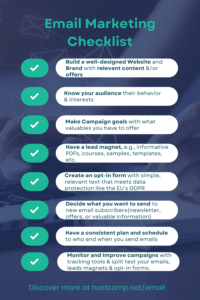











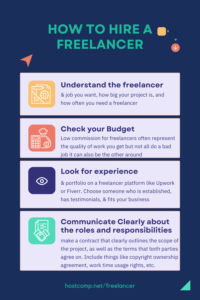





 (3.0 / 5)
(3.0 / 5) (4.0 / 5)
(4.0 / 5) (5.0 / 5)
(5.0 / 5) (3.8 / 5)
(3.8 / 5)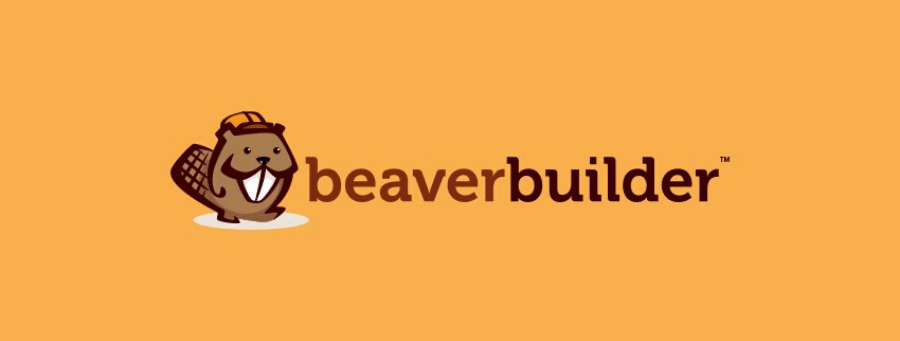
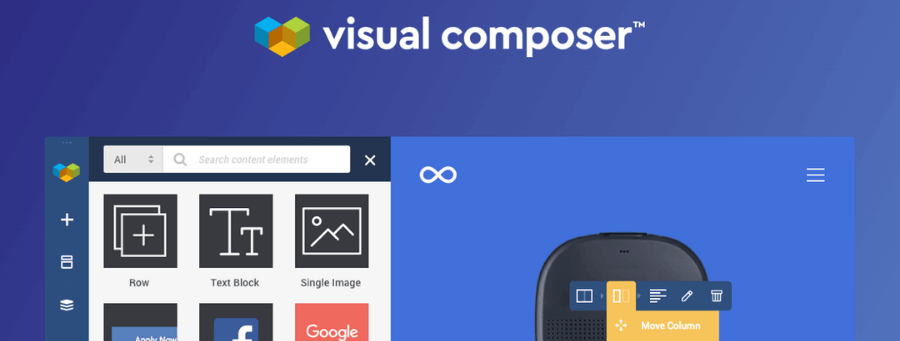

 (2 / 5)
(2 / 5)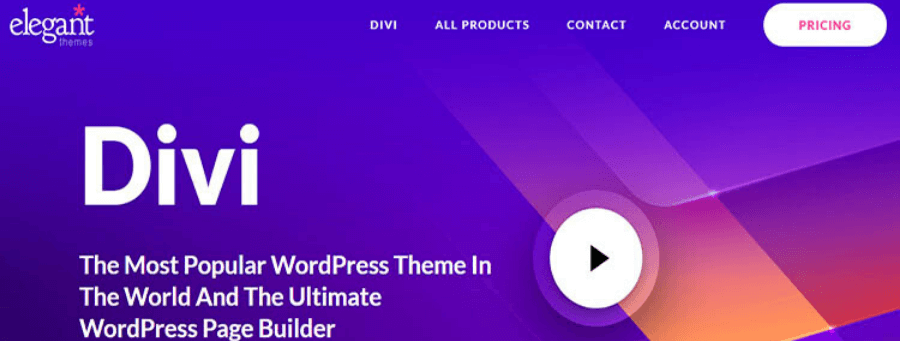
 (4.5 / 5)
(4.5 / 5)
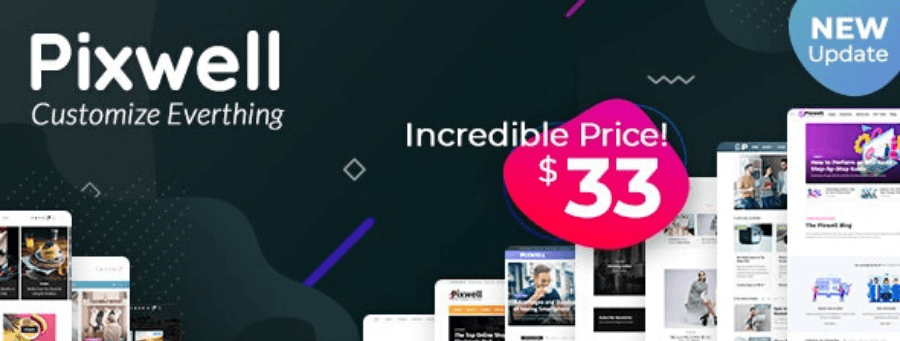
 (4.3 / 5)
(4.3 / 5)



 (3.3 / 5)
(3.3 / 5)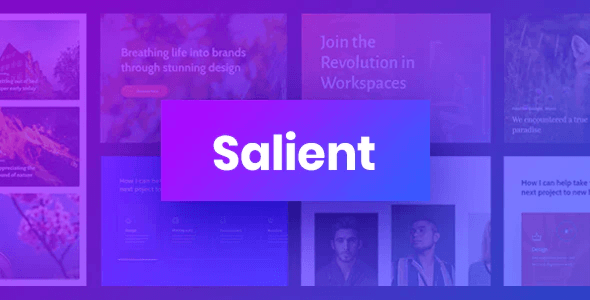
 (3.7 / 5)
(3.7 / 5)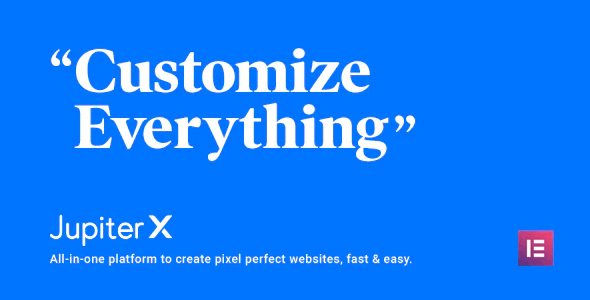


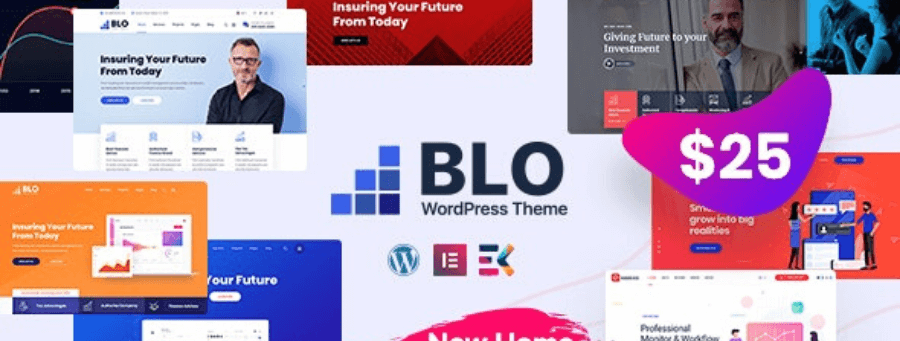
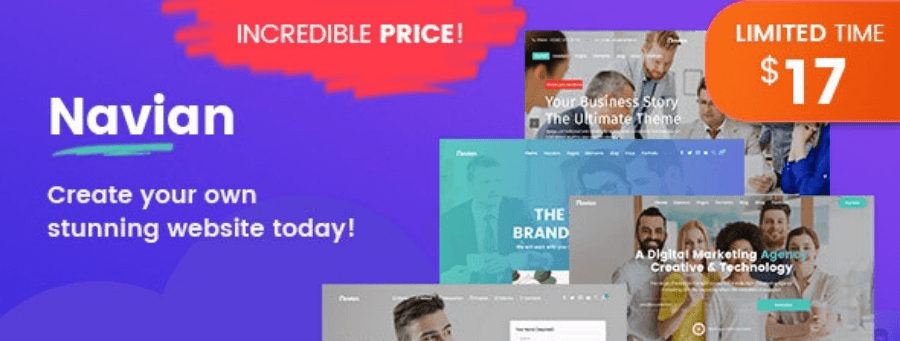
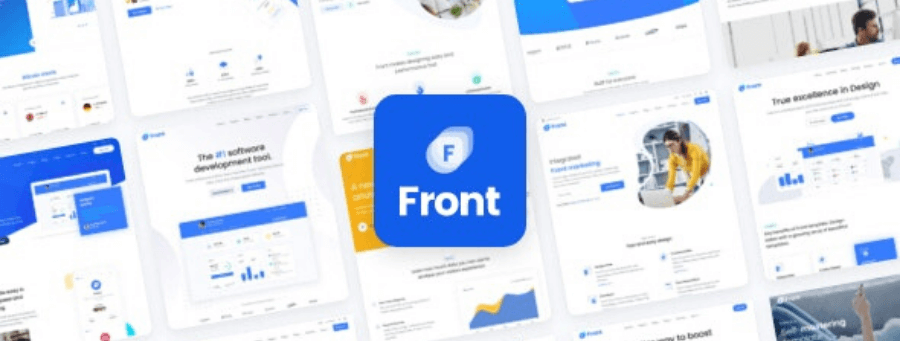
 (4.7 / 5)
(4.7 / 5)
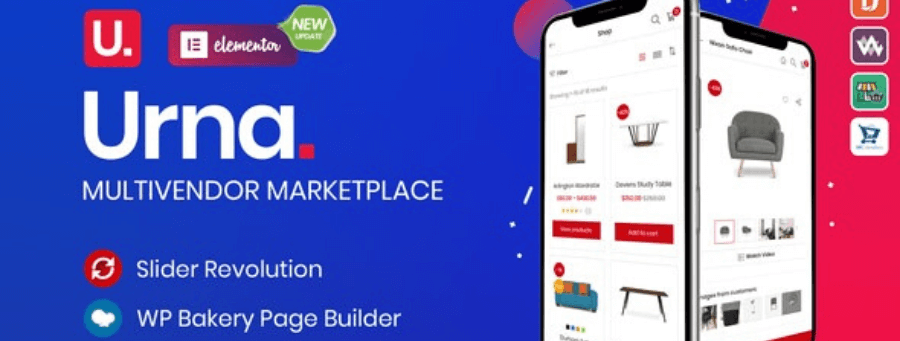
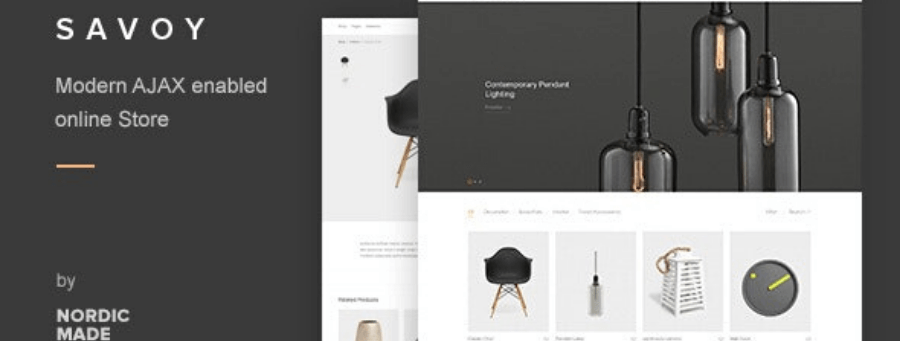
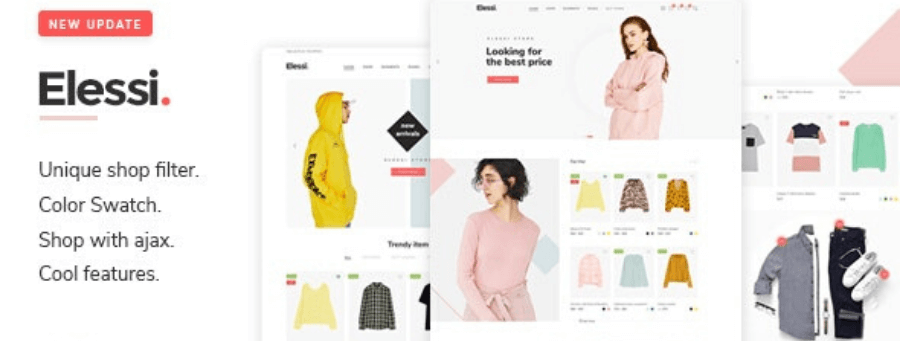



 Personalization and Customization in E-commerce
Personalization and Customization in E-commerce Influencer Marketing and Brand Partnerships
Influencer Marketing and Brand Partnerships Blockchain and Cryptocurrency in Online Transactions
Blockchain and Cryptocurrency in Online Transactions The Rise of Remote Work and its Impact on Online Businesses
The Rise of Remote Work and its Impact on Online Businesses Sustainability and Eco-Friendly Practices in Online Business
Sustainability and Eco-Friendly Practices in Online Business The Growing Importance of Data-Driven Decision Making
The Growing Importance of Data-Driven Decision Making The Increasing Importance of Cybersecurity for Online Businesses
The Increasing Importance of Cybersecurity for Online Businesses The Increasing Popularity of Subscription-Based Business Models
The Increasing Popularity of Subscription-Based Business Models